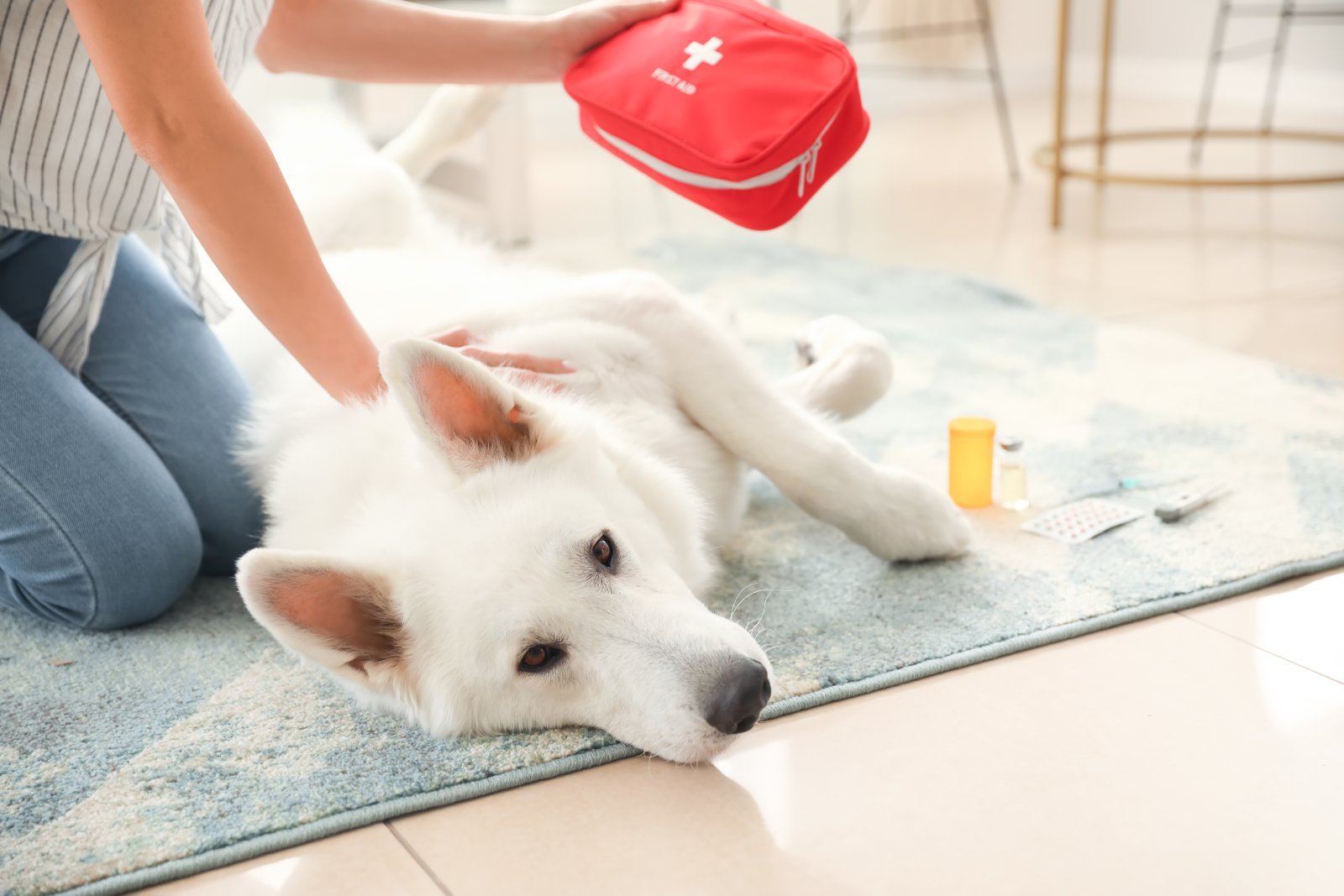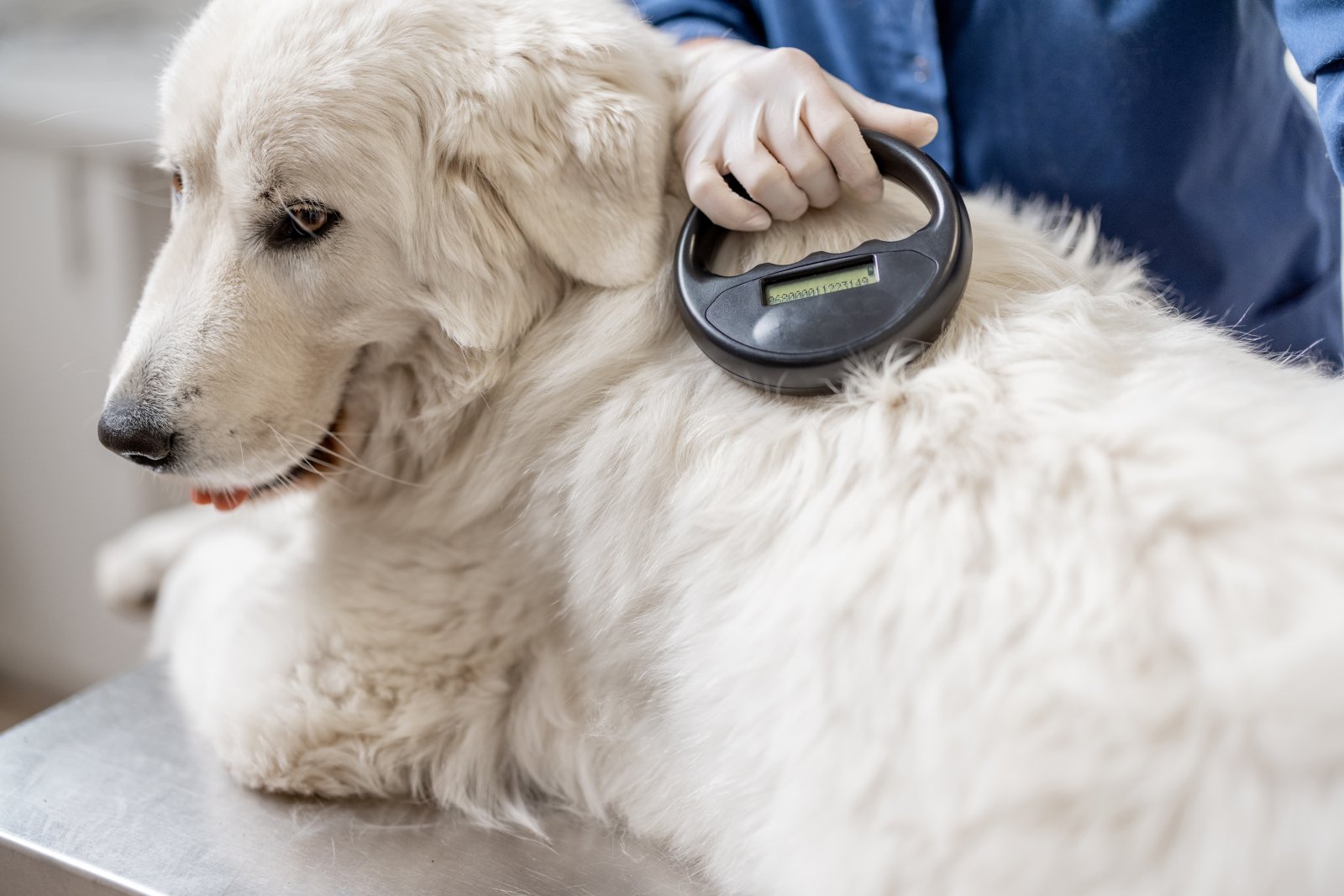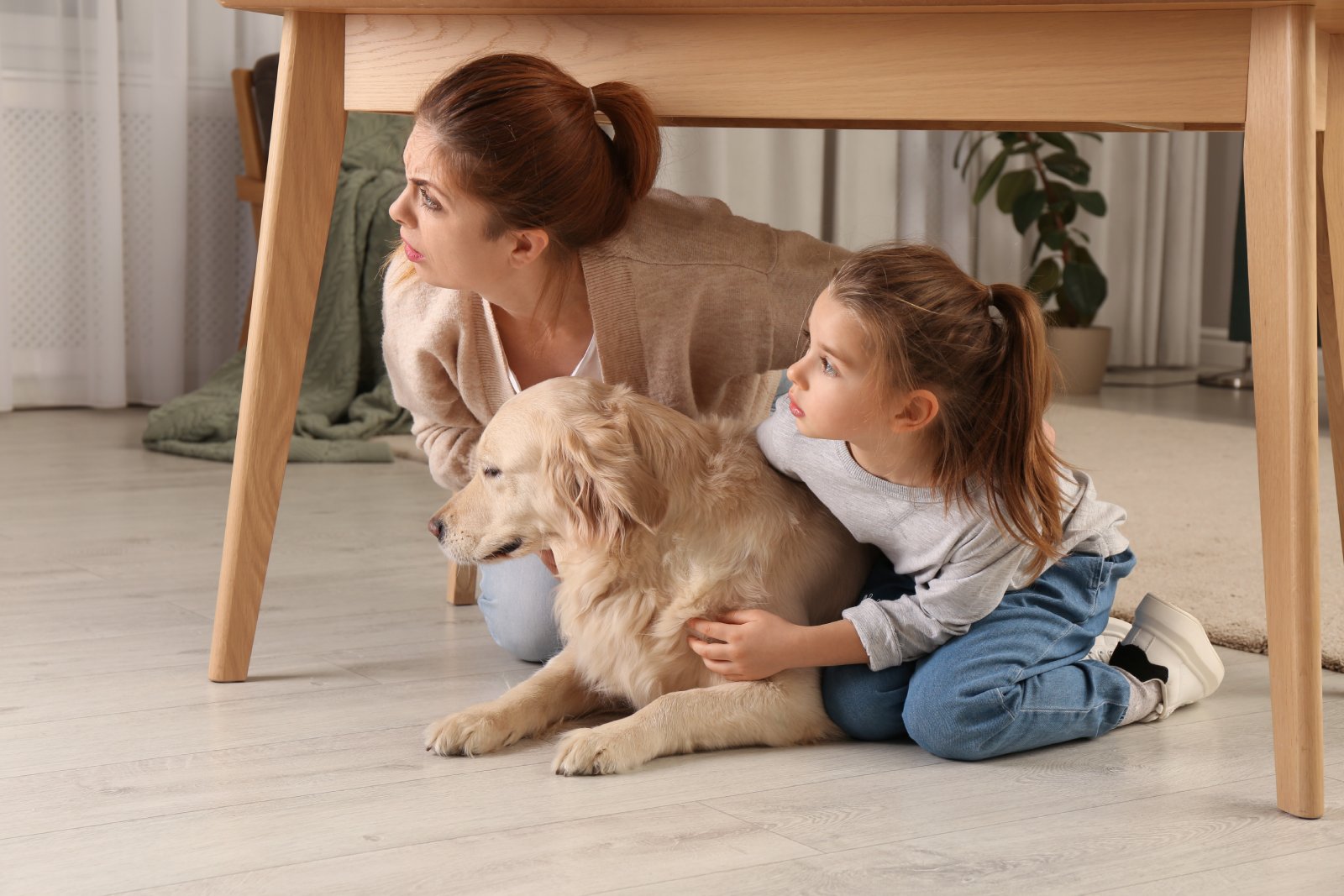Emergencies strike when you least expect them, and pet owners must be ready to act swiftly. Are you truly prepared to handle the worst-case scenarios for your furry friends?
1. Keep Emergency Contacts Handy

Store your vet’s number, a nearby emergency vet clinic, and an animal poison control hotline in your phone. These contacts should also be written and placed in an easily accessible spot at home.
2. Assemble a Pet First Aid Kit

Include essentials like bandages, antiseptics, tweezers, and a pet-safe digital thermometer. This kit can be a lifesaver in those critical initial moments.
3. Learn Basic Pet CPR

Knowing how to perform CPR on your pet could be the difference between life and death. Many organisations offer courses tailored for pet owners.
4. Identify Emergency Vets in Your Area

Locate the nearest 24/7 vet services and understand their procedures. Time is of the essence during an emergency, and knowing where to go can save precious minutes.
5. Practice Safe Travel

Always use pet carriers or harnesses while travelling. In case of a sudden stop or accident, these can prevent severe injuries.
6. Prepare a Disaster Plan

Have a plan for natural disasters, including evacuation routes and pet-friendly shelters. This ensures you won’t be scrambling last minute, risking your pet’s safety.
7. Keep Medications Up to Date

Ensure your pet’s medications are not expired and have a surplus supply. Running out during an emergency could exacerbate the situation.
8. Microchip Your Pet

Microchipping provides a reliable way to reunite with your pet if they get lost. Ensure your contact information is always up-to-date in the registry.
9. Secure Your Home

Pet-proof your home to avoid common hazards like toxic plants, chemicals, and choking hazards. A safe environment can prevent many emergency situations.
10. Know Common Symptoms of Distress

Educate yourself on signs of pain, poisoning, or other distress signals in pets. Early detection can lead to quicker intervention and better outcomes.
11. Practice Emergency Drills

Regularly practice emergency scenarios with your pets, such as evacuations. Familiarity can reduce panic and improve response times during real emergencies.
12. Keep Vaccinations Current

Ensure your pet’s vaccinations are up-to-date to prevent illnesses that could become emergencies. Regular vet visits are essential for maintaining overall health.
13. Have a Reliable Pet Sitter

Choose a pet sitter who is knowledgeable about emergency procedures. This ensures your pet is safe even when you’re not around.
14. Maintain a Healthy Diet

Feeding your pet a balanced diet can prevent health issues that might turn into emergencies. Avoid giving them harmful foods and keep human food out of reach.
15. Monitor Weather Alerts

Stay updated on weather forecasts and alerts, especially during severe weather seasons. Quick action can be taken if a storm or other disaster is imminent.
16. Use Reflective Gear

Equip your pet with reflective collars or harnesses, especially if they are outside at night. This increases their visibility and reduces the risk of accidents.
17. Document Your Pet’s Health History

Keep a detailed record of your pet’s medical history, including any chronic conditions. This information is crucial during emergency vet visits.
18. Stay Calm and Act Fast

Your reaction in an emergency will impact your pet’s response. Stay calm, act quickly, and follow your emergency plan to ensure the best possible outcome.
Keep Calm and Carry On (With Preparedness)

Preparedness is your best defence against pet emergencies. Equip yourself with knowledge and tools now to protect your furry friends when they need you most.
Featured Image Credit: Shutterstock / Filmbildfabrik.
For transparency, this content was partly developed with AI assistance and carefully curated by an experienced editor to be informative and ensure accuracy.

